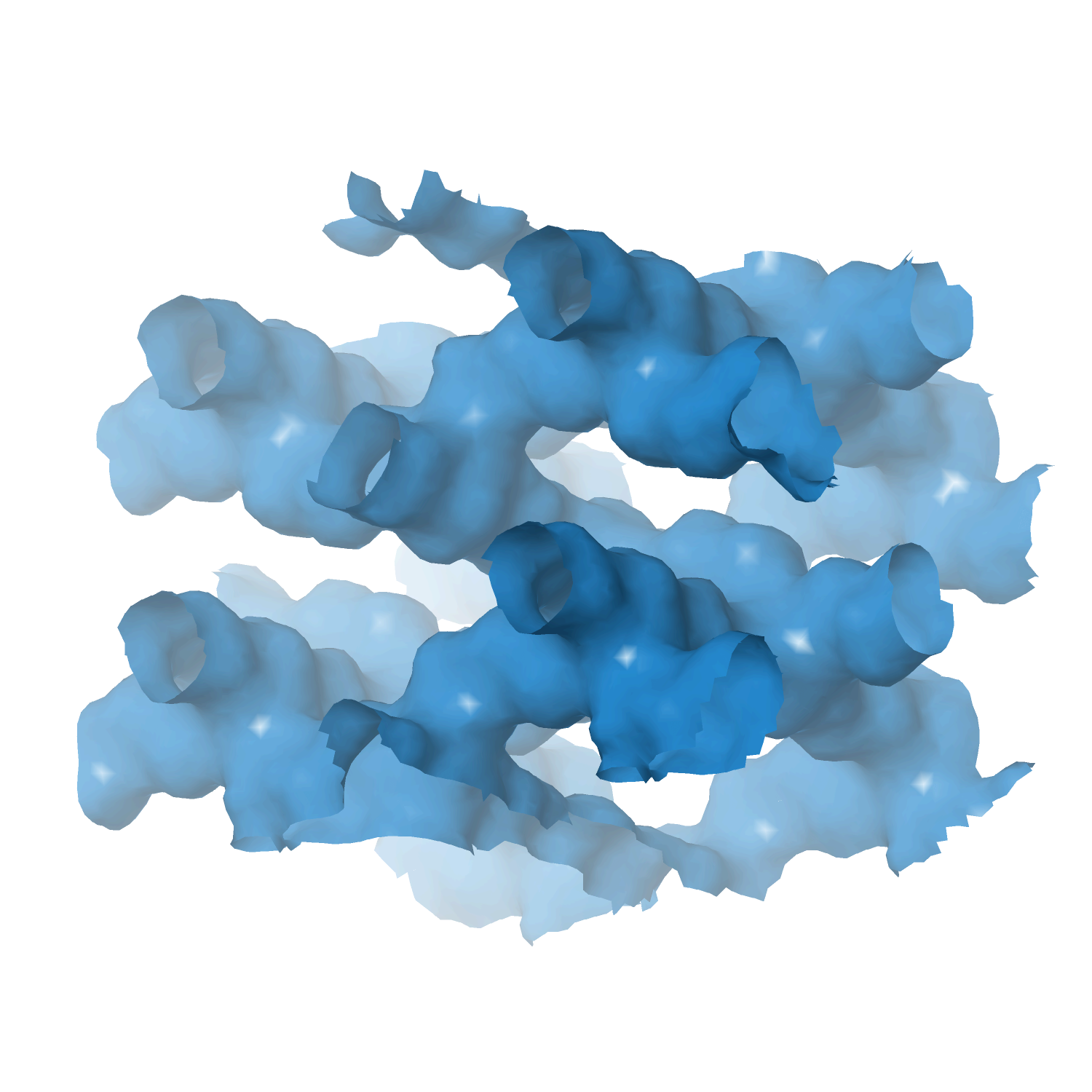Heterogeneous catalyst engineering ⇒ from stable and deactivation resistant to viable technical catalyst
Advances in heterogeneous catalyst “structure” are driven to improve their “function” or performance, i.e., activity, selectivity, and stability. Cooperative research is required to understand the structure and function relationships: developing new synthesis protocols for heterogeneous catalysts with unique surface properties, defined porosity, identification and understanding of catalytically active sites, reaction mechanisms, and finally, prediction and analysis of the processes using various computational tools.
Our group focuses on developing new catalyst formulations using innovative synthesis routes for various important heterogeneous catalysts. That includes thermal, electro, and bio-electro catalysis.
The active phase cannot be used directly in its final application or reactor for various reasons, including poor mechanical resistance, heat or mass transport, and fluidization features. We must mix the active phase with other ingredients in a matrix of binder and filler, while we shape it into a technical catalyst. We investigate new synthetic protocols for technical catalysis using spray drying and fluidized beds to cover the whole range of sizes. At the same time, we incorporate additional (unconventional) ingredients such as SiC to improve some features even further.
- Technical catalyst I ⇒ spray drying and extrusion
- Technical catalyst II ⇒ spray fluidized bed reactor
- Technical catalyst III ⇒ electrospinning
- Zeolite catalysts ⇒ with defined structure/porosity
- Multi-metal (high entropy) alloy catalysts
- MXene catalysts ⇒ single and multi-dimensional
- Perovskite catalysts
- Metal-organic framework (MOFs) catalysts
- Supported metal/metal-oxide catalysts
- Aerogel catalyst
Stable and reusable hierarchical ZSM-5 zeolite with superior performance for olefin oligomerization when partially coked
by
Mohamed, Parsapur, Hita, Cerrillo, Ramirez, Huang, Castaño
Appl. Catal. B: Environ.
Year:
2022
DOI:
https://doi.org/10.1016/j.apcatb.2022.121582
Abstract
The character of coke is typically regarded as a “deactivator” in zeolite catalysis. We report the interdependence of coke nature and location with its true character in the mechanisms of ethylene oligomerization: a model zeolite catalyzed transformation involved in many sustainable processes. We prepared, characterized, and tested ZSM-5 zeolites of different diffusion paths and acidities, using polymeric-, organic-template, or template-free strategies and various Si/Al ratios. The results indicate that coke can improve the selectivity/yield of higher olefins and jet-fuel aliphatics, and this positive effect is better than modifying the number of acid sites. The molecular-level nature of these coke species is elucidated using high-resolution mass spectrometry. The “enhancer” character of the coke can be better exploited in polymeric templated (hierarchical) ZSM-5 zeolite because mesopores retain coke without critically affecting accessibility or causing deactivation. Furthermore, this catalyst is stable for at least 74 h on stream and in multiple reaction-regeneration cycles.
Keywords
OLG
HCE
